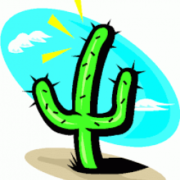
Do You Speak Plant? Wordplay to Enhance Science Literacy
Education, MHS Activities, Middle & High School0 Comments
/
Explore the verdant garden of words and phrases rooted in plants through science-oriented word play suitable for sophisticated middle schoolers & up.
View resource
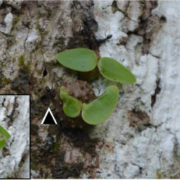
Plant farming by ants ($)
Plant Science Research Weekly, ResearchFarming mutualisms, in which an organism benefits from another to promote growth, have evolved in many lineages. In particular, symbioses between plants and ants are mostly defensive mutualisms. In this paper, Chomicki and Renner describe the obligate mutualism observed between epiphytes in the genus…

Bacteria lower surface tension in pitcher plant traps, trapping prey more efficiently ($)
Plant Science Research Weekly, ResearchPitcher plants are carnivorous, similar to Venus fly traps. However, pitcher plants have fluid-filled modified leaves instead of the movable lobes found on Venus fly traps. The pitcher plant’s modified leaf contains bacteria-laden water that traps small insects, but how are the insects trapped…
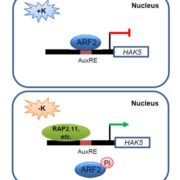
Transcriptional repression of K+ uptake by ARF2
Plant Science Research Weekly, ResearchHAK5 is a high-affinity potassium transporter that is transcriptionally repressed in high K+ conditions. Zhao et al. identified hormone-related cis-elements in the HAK5 promoter. They screened mutants deficient in transcription factors associated with these cis-elements and found that arf2 mutants show…
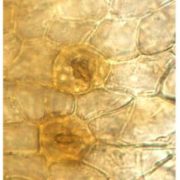
Evolutionary origins of stomata ($)
Plant Science Research Weekly, ResearchQuestions remain about the evolutionary origins and functions of stomata. They are absent from liverworts, present to a limited extent in mosses, and are found on 410 million year-old fossils of Cooksonia, a leafless plant. Chater et al. show that orthologs of two key transcription factors that control…
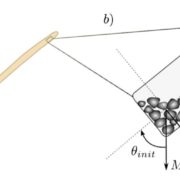
Inclination, not force, is detected in shoot gravitropism
Plant Science Research Weekly, ResearchPlant cells detect gravity as a consequence of the movement of dense starch granules called statoliths when the statoctyte, the cell that encompasses, them reorients. An open question has been whether the position of the statoliths within the statocyte or the force exerted by them is the primary gravisensing…
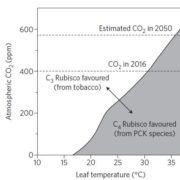
Improving Rubisco
Plant Science Research Weekly, ResearchRubisco (Ribulose-1,5-bisphosphate carboxylase / oxygenase) is the enzyme responsible for fixing almost all inorganic carbon into organic form, but it is not optimized for current conditions. As temperature and CO2 levels increase, there is an opportunity to increase photosynthetic efficiency by engineering…
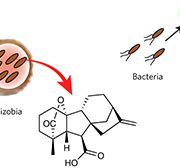
Gibberellin biosynthesis in bacteria: Still more convergent evolution ($)
Plant Science Research Weekly, ResearchGibberellin hormones were famously identified as the product of Gibberella fujikuroi, a fungal pathogen that stimulates host cell elongation, and then subsequently recognized as a hormone produced by plants as well. Fungi and plants produce gibberellins from distinct biochemical pathways, in an example…
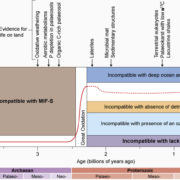
Review: Biogeochemical effects of early life on land
Plant Science Research Weekly, ResearchEarth colonization by life happened billions of years ago. Weathering of soils by microbial mats leave a characteristic signal that can be used to shed light on the mechanisms involved in colonization. In this review, Lenton and Daines discuss the growing mass of evidence that points to the biogeochemical…

